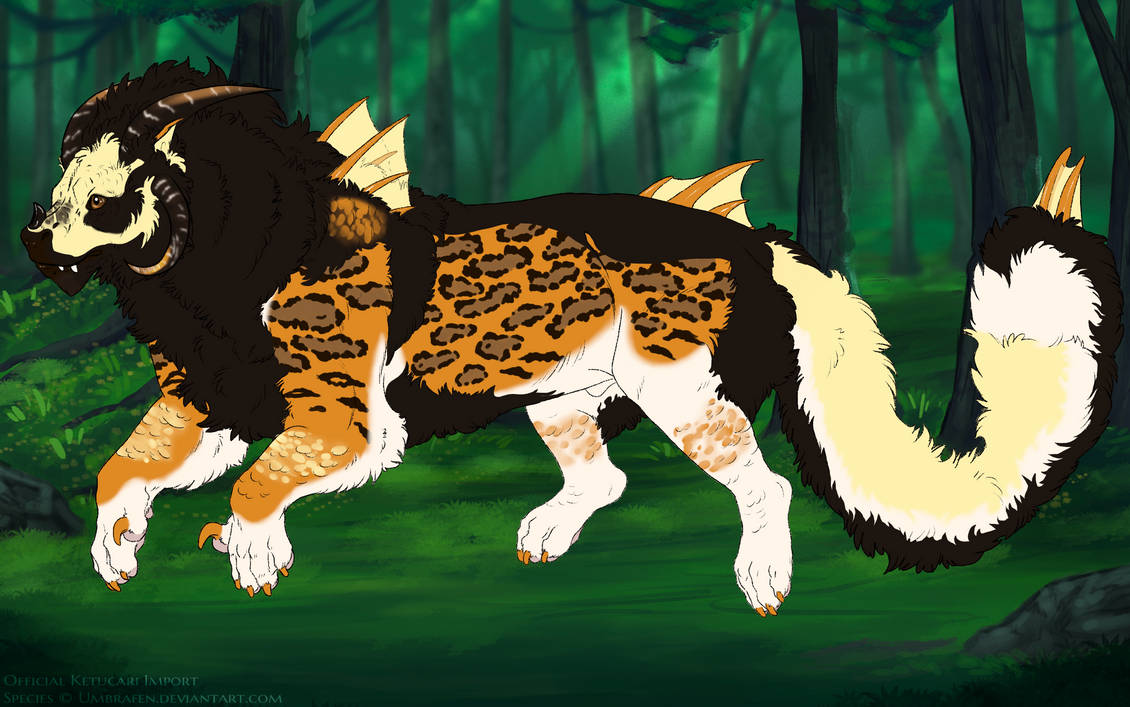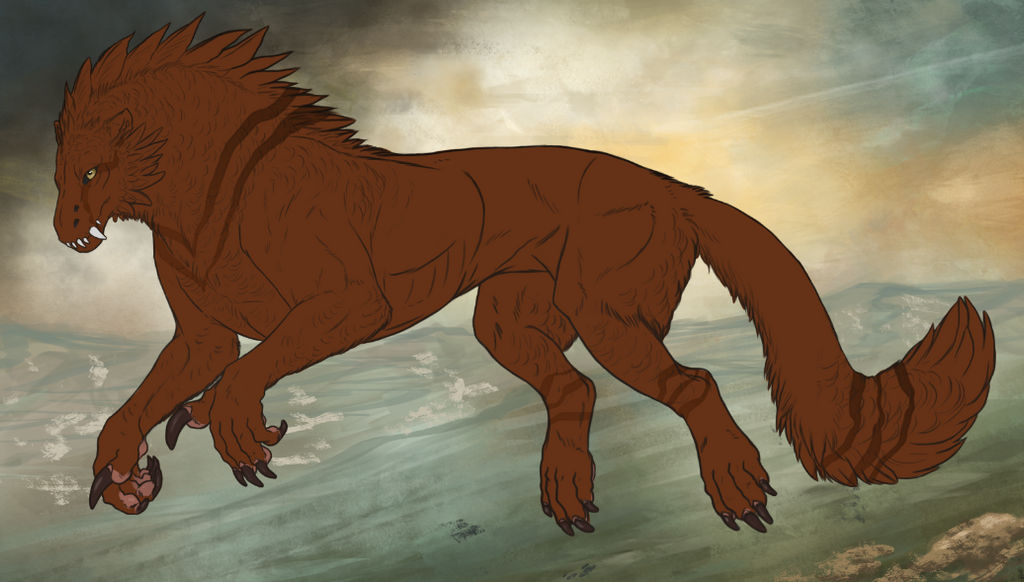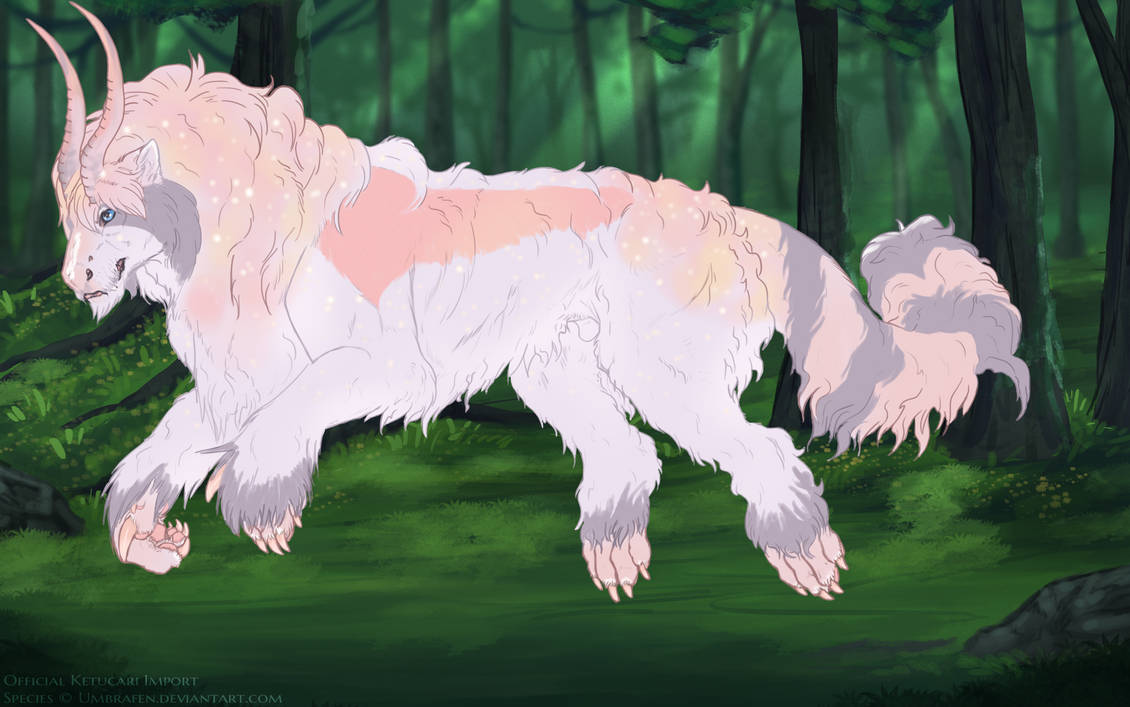Strand
Examples






Real life examples:
Strand is based off of the dark banding found on the necks and faces of some bird species.
s-media-cache-ak0.pinimg.com/5…
s-media-cache-ak0.pinimg.com/5…
Basics
Color and Shape
like barring. Generally, strand should form a complete, uninterrupted band.
If strand is present on the neck area, make sure it appears on the crest as well unless covered by other markings.
Strand must be a darker color of your chosen base, with a minor deviation in hue. It can also be a fully desaturated color of the base, as long as it is darker. Strand may be pure black.

These colors would be acceptable for this base color. They are either a darker version of the base, or a darker and desaturated version of the base. The last color on the right shows a minor deviation in hue, and is slightly more yellow than the base itself. Notice that this small change is not overbearing.

These colors would be unacceptable for strand. They are either lighter than the base coat or have too drastic a hue shift.
Range

Blue denotes the maximum strand stripe thickness while green is the minimum. Keep in mind strand cannot appear on the mid-body, the lines were just placed here for legibility.

Interaction with Other Markings
keep the vertical strand on the neck, be sure that the body stripes do not intersect with the strand. The form of the striping should be natural
and not stylized and follows the same width rules as Strand..


the reddish color of the spots below is caused by rust)

![]() If a ketucari has strand, overcast, and marlbe the three may be combined to create ocelot rosettes.
If a ketucari has strand, overcast, and marlbe the three may be combined to create ocelot rosettes.
Accents
Here are some small accents you can add to your designs to make them more unique!![]() Strand may have a subtle gradient like below.
Strand may have a subtle gradient like below.
Tail Rings
Examples
Basics
Color and Shape
Tail Rings should not too closely resemble striping, marble, or acid. It may have some broken areas, but be careful that it doesn't look too much
like barring. Generally, tail rings should form a complete, uninterrupted band.
Tail Rings may stop at the frill, unlike strand.
Tail Rings must be a darker color of your chosen base, with a minor deviation in hue. It can also be a fully desaturated color of the base, as long as it is darker. Tail Rings may be pure black.
![]()

These colors would be acceptable for this base color. They are either a darker version of the base, or a darker and desaturated version of the base. The last color on the right shows a minor deviation in hue, and is slightly more yellow than the base itself. Notice that this small change is not overbearing.
These colors would be unacceptable for strand. They are either lighter than the base coat or have too drastic a hue shift.
Range
Tail Rings may appear in the following areas.
It MUST appear within the range of the green areas but does NOT need to cover the entirety of them.
Blue denotes the maximum ring thickness while green is the minimum.
The blue and green on the tail are Also the maximum and minimum thickness for the bands on the neck.
Shape
Bands should be thick and solid.
The tail bands can be joined together along the top or bottom of the tail
Interactions with Other Markings
- Tail Rings must display OVER Dusky Points
- All other markings may display over or under Tail Rings
- Tail Rings can be influenced by segment.
- Tail Rings can be affected by colorize.
- All Strand interactions with other markings such as marbling, rust, and spotting, also apply to Tail Rings.




